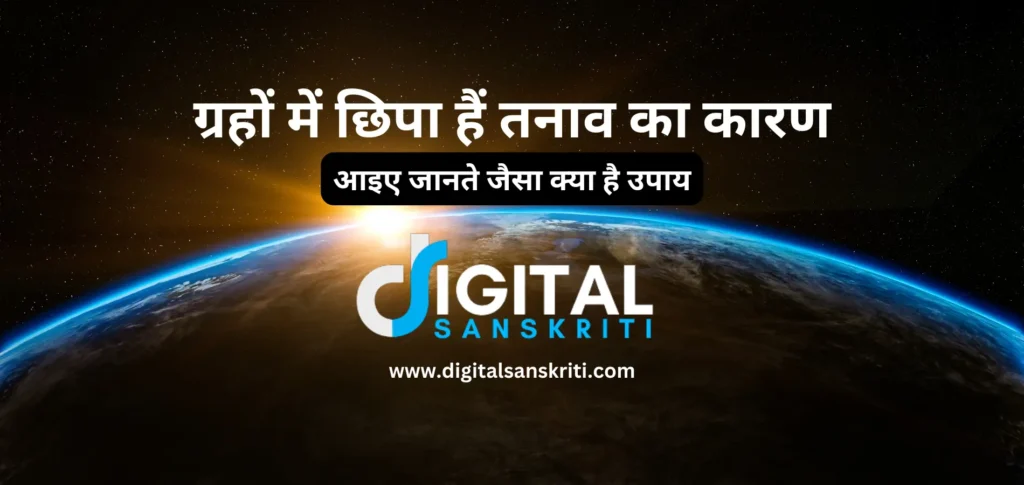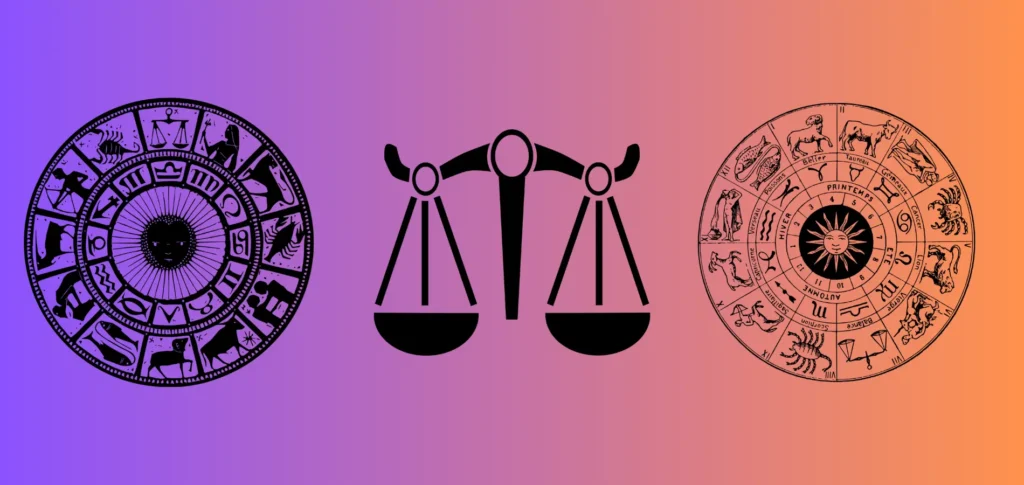Narendra Modi Takes Oath for Third Term as Prime Minister: Embarking on a New Chapter of Governance and Progress
On a historic and monumental day, Narendra Modi was sworn in for his third consecutive term as the Prime Minister of India. This significant event, held at the majestic Rashtrapati Bhavan, marked a pivotal moment in Indian politics, underscoring Narendra Modi’s enduring influence and the public’s trust in his leadership. The ceremony was not just a testament to Modi’s political acumen but also a reflection of the democratic ethos that defines India. Alongside Modi, several key allies were granted cabinet berths, reinforcing the coalition’s stability and showcasing the collaborative governance model of the National Democratic Alliance (NDA).
The Grand Swearing-In Ceremony: A Spectacle of Unity and Tradition
The swearing-in ceremony was a grand affair, attended by an array of dignitaries, including political leaders, industrialists, diplomats, and celebrities. President Droupadi Murmu administered the oath of office and secrecy to Narendra Modi, who has been a central figure in Indian politics since he first assumed office in 2014. The event was a blend of India’s rich cultural heritage and modern political grandeur, symbolizing the continuity and stability of the Indian democratic process.
The ceremonial atmosphere was charged with a sense of optimism and anticipation. Attendees included leaders from various political parties, representatives from different states, and international dignitaries, reflecting the broad-based support and goodwill Modi enjoys. The event also featured cultural performances showcasing India’s diverse heritage, emphasizing the unity in diversity that is a hallmark of the nation.

The Path to the Third Term: Strategic Campaign and Resounding Mandate
Narendra Modi journey to a third term was characterized by a strategic and well-orchestrated election campaign. The Bharatiya Janata Party (BJP), under Modi’s leadership, once again demonstrated its electoral strength, securing a decisive mandate from the Indian populace. The campaign was built around key issues such as economic development, national security, social welfare schemes, and Modi’s personal charisma and leadership style.
Key Achievements and Campaign Focus:
Economic Reforms:
Narendra Modi campaign highlighted the achievements of his previous terms, including the implementation of the Goods and Services Tax (GST), the Make in India initiative, and significant infrastructure projects. These initiatives have been credited with modernizing the economy and creating a more business-friendly environment.
Social Welfare Programs:
The campaign also emphasized social welfare schemes such as the Pradhan Mantri Jan Dhan Yojana, which aims to increase financial inclusion, and the Swachh Bharat Abhiyan (Clean India Mission), which has significantly improved sanitation across the country.
National Security:
Modi’s handling of national security, particularly his decisive actions in counter-terrorism and defense, resonated with a large section of the electorate. His strong stance on security issues and his efforts to modernize the armed forces were key points of the campaign.
Diplomacy and Global Standing:
Modi’s efforts to enhance India’s global standing through strategic partnerships and active participation in international organizations were also highlighted. His diplomatic initiatives have positioned India as a key player on the global stage.
Inclusion of Allies in the Cabinet: Embracing Cooperative Governance
The inclusion of five cabinet berths for allies underscores the NDA’s commitment to cooperative governance and coalition politics. This move not only strengthens the coalition but also ensures a broader and more inclusive approach to governance, addressing regional aspirations and integrating diverse political perspectives into the central administration.
Shiromani Akali Dal (SAD):
Representing Punjab, the SAD’s inclusion is significant for addressing the agrarian issues and concerns of the Sikh community. The party’s representative is expected to focus on agricultural reforms, farmers’ welfare, and regional development.
Janata Dal (United) (JD(U)):
Hailing from Bihar, JD(U)’s participation underscores the emphasis on social justice and development in one of India’s most populous states. The representative is likely to prioritize rural development, education, and healthcare.
Shiv Sena:
Representing Maharashtra, Shiv Sena’s inclusion is crucial for addressing urban development and industrial growth. The representative is expected to focus on infrastructure, housing, and economic development.
Lok Janshakti Party (LJP):
With roots in Bihar and a focus on Dalit empowerment, LJP’s participation highlights the commitment to social inclusion and welfare. The representative will likely work on social justice, minority rights, and welfare schemes.
All India Anna Dravida Munnetra Kazhagam (AIADMK):
From Tamil Nadu, AIADMK’s inclusion underscores the importance of southern states in national politics. The representative is expected to focus on regional development, language preservation, and cultural integration.
This inclusive approach to governance not only ensures representation of diverse regional interests but also strengthens the coalition’s ability to address a wide range of issues effectively. It reflects Modi’s vision of Sabka Saath, Sabka Vikas, Sabka Vishwas (Collective Efforts, Inclusive Growth, Everyone’s Trust).
Policy Agenda for the Third Term: Building on a Strong Foundation
Modi’s third term is expected to be characterized by a blend of continuity and innovation in policy-making. Building on the foundations laid in the previous terms, the new government is poised to introduce several ambitious initiatives aimed at propelling India towards greater economic growth, social equity, and global influence.
Economic Growth and Development:
The focus will be on revitalizing the economy through structural reforms, enhancing ease of doing business, and attracting foreign investments. The government is likely to push for further liberalization of the economy, promoting sectors like manufacturing, technology, and renewable energy.
Manufacturing and Industry:
Initiatives such as the Make in India campaign will continue to be central, aimed at boosting domestic manufacturing and reducing dependence on imports.
Infrastructure Development:
Significant investments are planned for infrastructure projects, including expanding the road and rail network, modernizing ports and airports, and developing smart cities.
Digital Economy:
The government will continue to promote the digital economy, with a focus on expanding digital infrastructure, promoting digital literacy, and fostering innovation in technology sectors like artificial intelligence and blockchain.
Agricultural Reforms:
Addressing the agrarian crisis will be a priority. The government plans to introduce reforms aimed at doubling farmers’ income, improving agricultural productivity, and ensuring fair pricing for crops.
Farmers' Welfare:
Initiatives such as the Pradhan Mantri Kisan Samman Nidhi (PM-KISAN) scheme, which provides direct income support to farmers, will be expanded.
Technological Integration:
Efforts will be made to integrate modern technology into agriculture, promoting precision farming, and sustainable agricultural practices.
Healthcare and Education:
Strengthening the healthcare system through the expansion of the Ayushman Bharat scheme and enhancing the quality of education through initiatives like the New Education Policy will be key areas of focus.
Universal Healthcare:
The government aims to ensure access to affordable healthcare for all citizens, with a focus on expanding healthcare infrastructure and services in rural areas.
Educational Reforms:
The emphasis will be on improving the quality of education, promoting vocational training, and enhancing research and development capabilities.
Social Welfare and Inclusion:
The government will continue to prioritize social welfare schemes aimed at uplifting the marginalized sections of society. This includes expanding access to basic amenities like housing, sanitation, and clean drinking water.
Housing for All:
The Pradhan Mantri Awas Yojana, which aims to provide affordable housing to the urban and rural poor, will be expanded.
Sanitation and Clean Water:
Efforts to improve sanitation through the Swachh Bharat Abhiyan and ensure access to clean drinking water through the Jal Jeevan Mission will be intensified.
Empowerment Programs:
The government will continue to prioritize social welfare schemes aimed at uplifting marginalized sections of society, focusing on economic empowerment and social inclusion.
National Security and Defense:
Defense Modernization:
Maintaining a strong national security posture will remain a priority. This includes modernizing the armed forces, enhancing border security, and taking decisive actions against terrorism. The government plans to continue its efforts to modernize the armed forces, enhance defense capabilities, and promote indigenous defense production.
Counter-Terrorism:
A robust strategy to combat terrorism and ensure national security will be a key focus area. This includes intelligence gathering, enhancing cyber security, and strengthening internal security mechanisms.
Climate Change and Environmental Sustainability:
Renewable Energy:
The government is committed to addressing environmental challenges through sustainable development practices. There will be a continued push towards renewable energy sources, with a focus on solar and wind energy.
Conservation Efforts:
Initiatives aimed at conserving natural resources, protecting wildlife, and promoting sustainable practices will be emphasized. This includes afforestation programs, water conservation projects, and pollution control measures
Diplomatic Engagements: Strengthening India’s Global Position
On the international front, Modi’s third term is expected to build on his previous efforts to enhance India’s global standing. This involves deepening strategic partnerships, particularly with countries like the United States, Japan, and Australia, and playing a more prominent role in multilateral organizations like the United Nations, G20, and BRICS.
Key Diplomatic Initiatives:
Strengthening Regional Ties:
Enhancing relations with neighboring countries in South Asia, promoting regional stability, and countering China’s influence through initiatives like the Act East Policy.
SAARC and BIMSTEC:
Active participation in regional organizations such as the South Asian Association for Regional Cooperation (SAARC) and the Bay of Bengal Initiative for Multi-Sectoral Technical and Economic Cooperation (BIMSTEC) will be prioritized.
Strategic Partnerships:
Strengthening strategic partnerships with key countries in the Indo-Pacific region to ensure regional stability and security.
Challenges and Opportunities: Navigating the Future
While Modi’s third term is poised for ambitious undertakings, it also faces significant challenges. These include:
Economic Slowdown:
Addressing the economic slowdown exacerbated by the COVID-19 pandemic and revitalizing key sectors like manufacturing and services.
Social Unrest:
Managing social unrest and ensuring social harmony in a diverse and pluralistic society.
Environmental Concerns:
Tackling environmental issues such as pollution, deforestation, and water scarcity.
Global Geopolitics:
Navigating complex global geopolitics, particularly the strategic rivalry between the United States and China.
However, the opportunities are equally significant. With a strong mandate, Modi’s government has the potential to implement transformative policies, foster inclusive development, and enhance India’s global influence.

Conclusion
Narendra Modi third term as Prime Minister, marked by the inclusion of key allies in the cabinet, signifies a commitment to cooperative governance and ambitious nation-building. The government’s policy agenda is poised to address critical issues of economic development, social welfare, national security, and international diplomacy. As Modi embarks on this new term, the expectations are high, and the possibilities for India’s future are vast. The coming years will be crucial in determining how these plans materialize and impact the nation and the world at large.
- Mahindra XUV 3XO: Is It Worth Your Investment? Expert Analysis.
- Force Gurkha Five door vs Three door: what’s different?
- Akshay Kumar Tests Positive For COVID-19
- The Attempted Assassination Of Donald Trump
- List of Elite Guests That Attended Anant And Radhika’s Wedding
- Should NOK Rules Be Revised?
- Noise 4 Wireless Headphones To Launch In India on July 12
- Karnataka Man Distributes Sugar for T20 World Cup Win
- Menstrual Leave in India: Supreme Court Considers Both Sides
- Traffic Restrictions in Mumbai for Anant Ambani Wedding
- “Mirzapur Season 3: A New Era Begins”
- Bajaj Launched India’s First CNG Motorcycle Bajaj Freedom 125
- Mahindra Introduces New Features In Scorpio-N Z8 Range
- Why the Independence Day celebrates on fourth on July United States
- 116 Killed In Stampede In Hathras, Uttar Pradesh
- Why Team India Is Stranded In Barbados?
- Anand Mahindra Dedicates Post to Hardik Pandya Over T20 World Cup 2024 Win?
- Legendary Indian Cricketers Bid Farewell To T20 International Cricket
- Family of 7 Swept Away by Swollen Waterfall Near Mumbai?
- India vs South Africa LIVE Score: T20 World Cup 2024 Final – Rohit Sharma’s Team India Wins T20 WC After 17 Years










